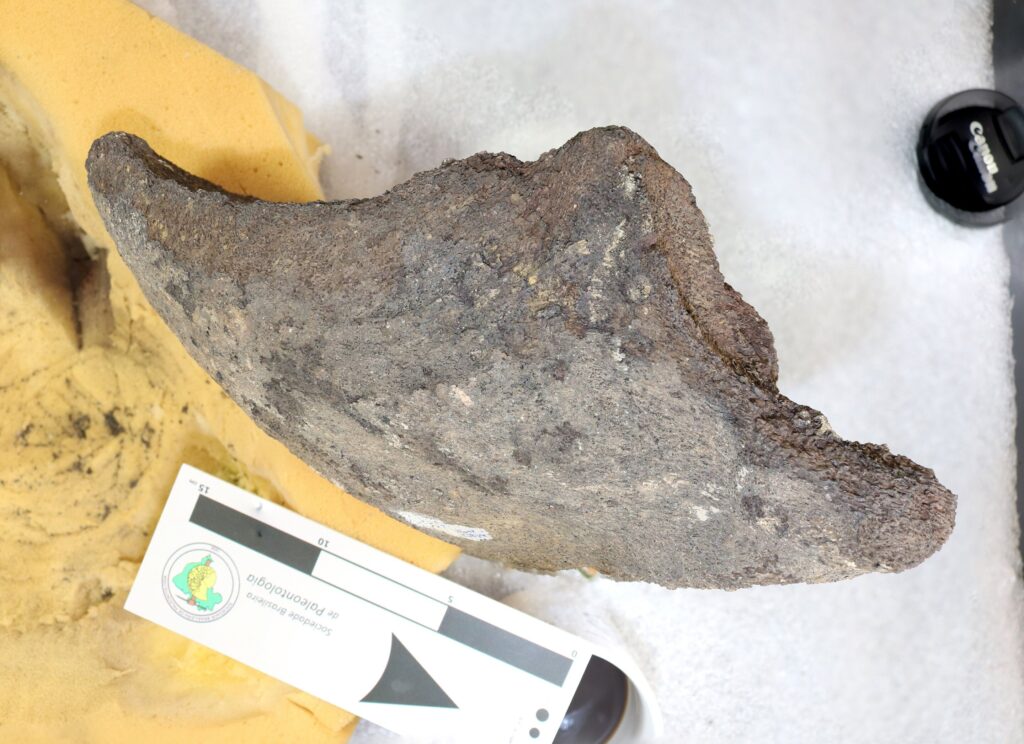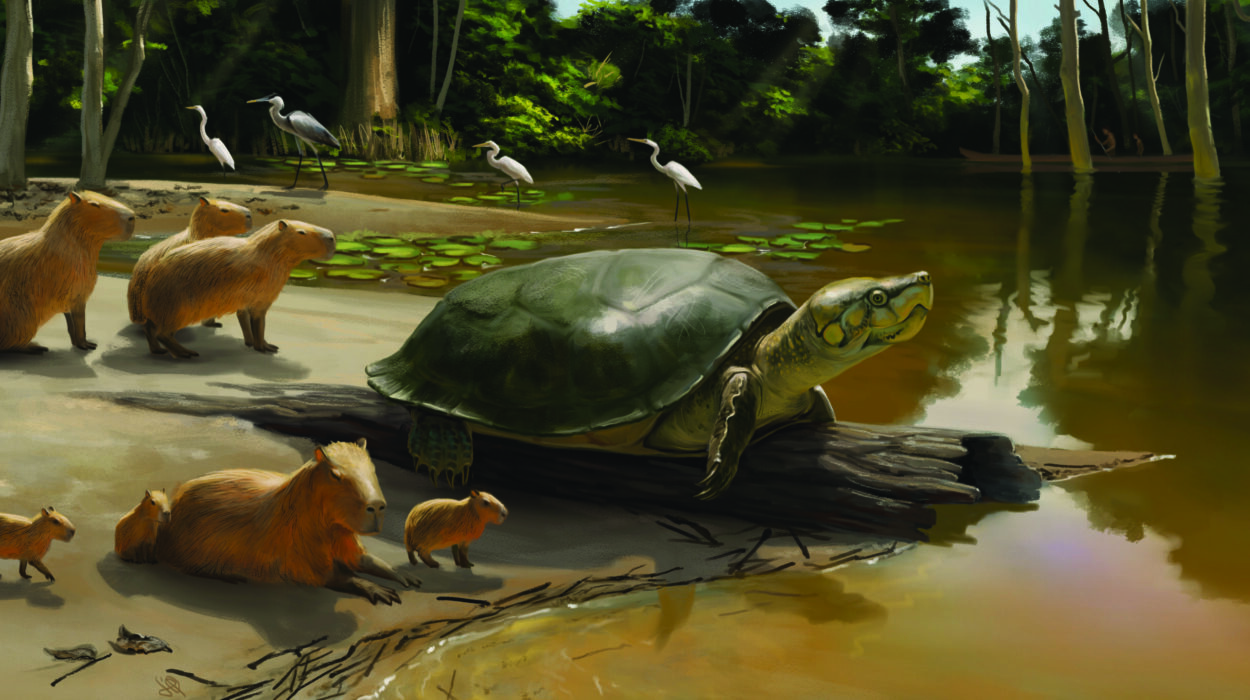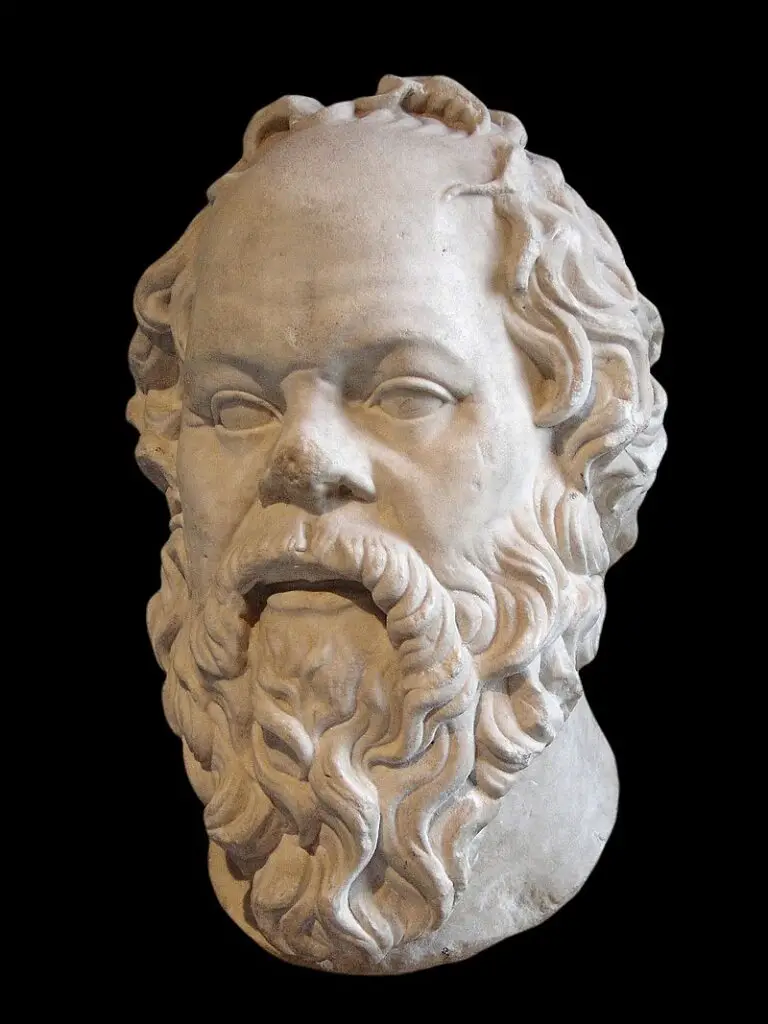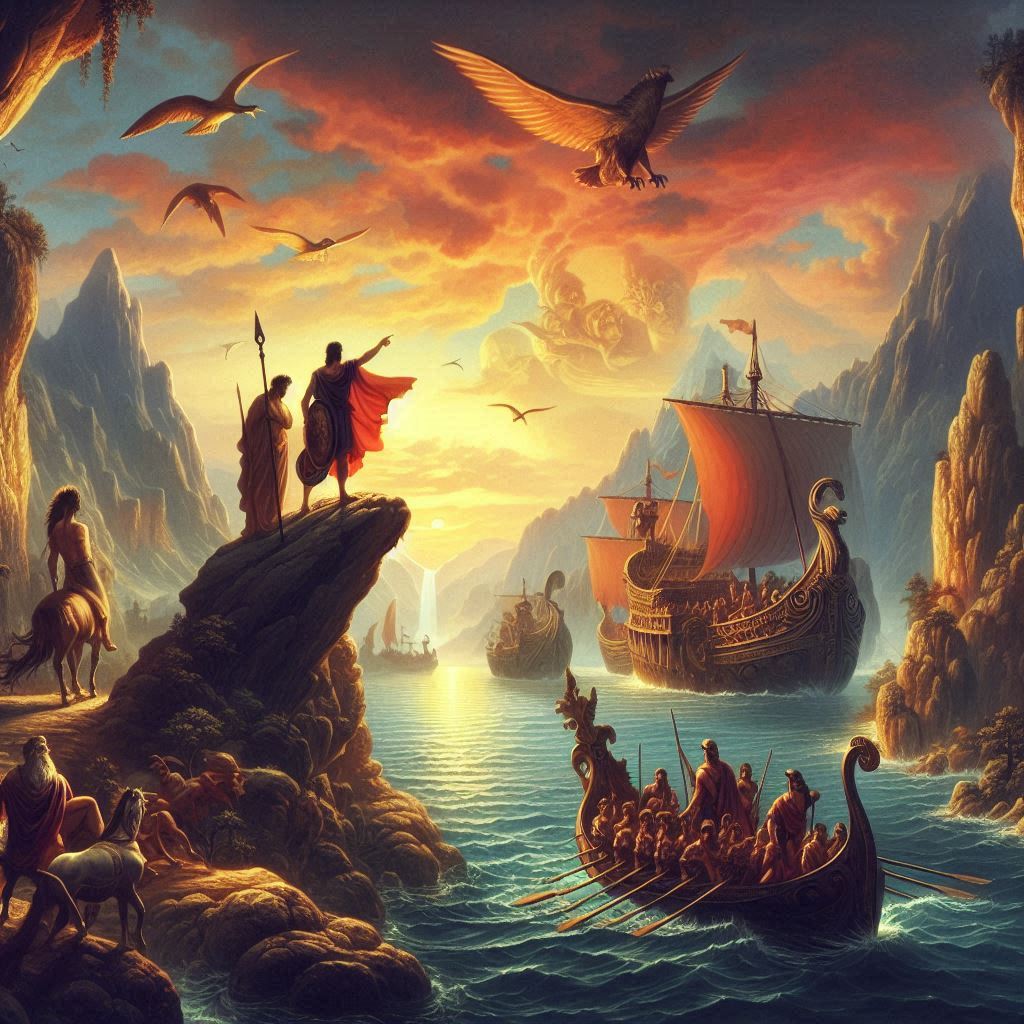Deep within the Amazon rainforest, a chance discovery by gold miners has unearthed a remarkable relic of the past – a giant freshwater turtle unlike any seen before. This colossal reptile, named Peltocephalus maturin, roamed the Amazon basin an astonishing 40,000 to 9,000 years ago.
Led by Dr. Gabriel S. Ferreira from the University of Tübingen, an international research team identified Peltocephalus maturin from a fossilized lower jaw fragment. The sheer size of the jawbone, estimated to have belonged to a creature with a shell reaching 180 centimeters, dwarfs even the largest freshwater turtles alive today.
“Imagine a turtle bigger than a standard door,” explains Dr. Ferreira, highlighting the enormity of this prehistoric giant. “Previously, such large freshwater turtles were only known from the Miocene epoch, millions of years in the past.”
The discovery pushes the boundaries of our understanding of freshwater turtle evolution. Modern freshwater turtles like the Asian softshell or the South American river turtle pale in comparison, reaching a maximum shell length of around 1.4 meters.
The name chosen for this colossal chelonian is a nod to both science fiction and the turtle’s impressive size. “Maturin,” a giant turtle character from the works of author Stephen King, serves as the namesake, reflecting the creature’s immense stature.

This newfound giant turtle species also raises intriguing questions about its relationship with early humans. Human settlements emerged in the Amazon roughly 12,600 years ago, coinciding with the latter part of Peltocephalus maturin’s reign. While the role of this giant turtle in the human diet remains unclear, the research team acknowledges the possibility of interaction.
“Large tortoises were part of the Paleolithic diet,” says Dr. Ferreira. “Whether these agile freshwater turtles were also hunted, and if Peltocephalus maturin succumbed to human expansion alongside other megafauna in South America, are questions that require further investigation.”
Future research focusing on Late Pleistocene and Early Holocene fossil deposits within the Amazon Basin holds the key to unlocking these mysteries. The discovery of Peltocephalus maturin not only rewrites the history of giant freshwater turtles but also opens a window into a time when these colossal reptiles coexisted with the very beginnings of human presence in the Amazon.
The paper is published in the journal Biology Letters.
Source: Senckenberg Research Institute and Natural History Museum










